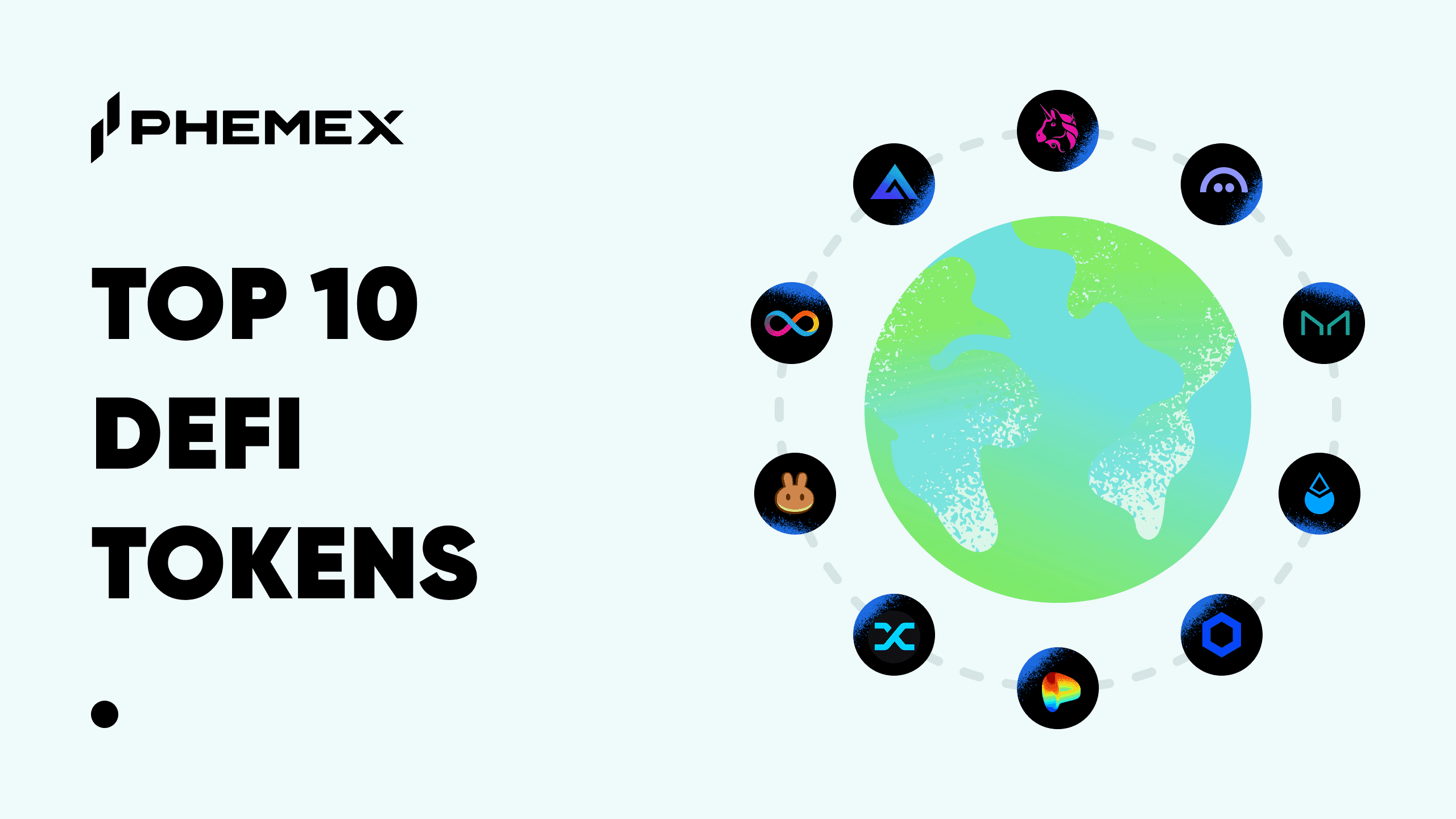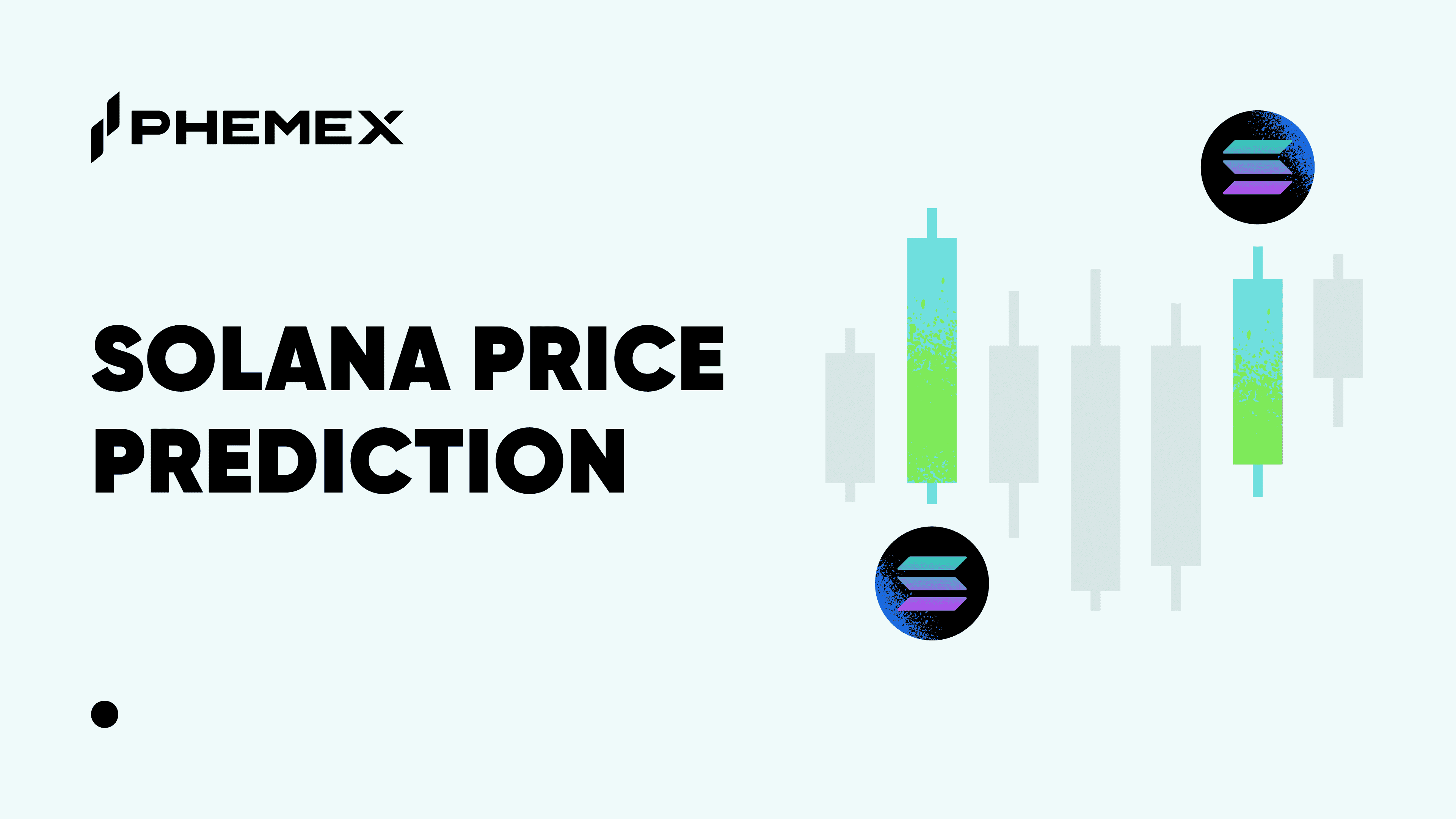Starting the year with tremendous hype and all-time highs for the crypto markets, 2022 was set to be the year Bitcoin and blockchain went “mainstream.” However, and unsurprisingly, the market has since turned itself upside down and sentiment in July 2022 has turned extremely bearish – in particular, with the Fear and Greed Index in the single digits. But what’s to explain this? First, and mainly, this entire downfall was triggered by the de-pegging of $UST, which was followed by Terra Luna’s crash. After this happened, and the speed of what unfolded, left many thinking: was the market already set up to fail? So let’s analyze how over-leveraged VCs and Ponzi schemes could be potentially responsible for the event.

What’s The Significance Behind UST & Luna’s Downfall?
As always, the primary significance regarding the failure of UST and LUNA were the losses incurred by retail investors. The failure of LUNA wiped out over $60 billion from the market. Moreover, the notable bankruptcy of Three Arrows Capital (aka 3AC), which managed assets valued at over $10 billion also led to a cascading downfall of its lenders.
There are two others as well – where major lending platform Celsius suspended crypto withdrawals followed by a Chapter 11 bankruptcy filing). In other news, well-renowned exchanges Voyager and Vauld announced they have suspended withdrawals as well. Events like these always result in massive losses for retail investors. However, when you dive deeper into these events, you’ll notice all of them are tied back to Luna’s spectacular collapse and also human greed.
Analyzing Luna’s Crash & The Subsequent Cascading Effect
Many think the general market’s failures are a result of Luna’s crash, however, that’s not fully true as there are a host of other factors that contributed to the market collapse. Therefore, it’s important to analyze the underlying psychology of the investors, the market, and how the stage was set for failure.
2021 was the year of DeFi – Total Value Locked (TVL) across all protocols grew from $16.8 billion to $210.83 billion, which is a staggering 12.5x in just one year.
 (Source: DeFi Total Value Locked (TVL) across all protocols)
(Source: DeFi Total Value Locked (TVL) across all protocols)
However, much of that growth was fueled by unsustainable lending yields. If you’re new to crypto, yield is the interest you’re rewarded for depositing (staking) your tokens in a protocol.

For sake of simplicity, let’s compare DeFi protocols to a bank savings account. In traditional finance, banks in the US offer an APY of 0.5% to 1.5% on the US Dollar. The yields are low because they’re bound by regulations to ensure sustainability. However, some crypto lending protocols offer lucrative yields of up to 25% on stablecoins. In a normal world, high interest should not make sense on stablecoins as they’re not backed by any revenue-generating assets. Hence, it’s of no surprise that retail investors and VCs jumped onto the DeFi bandwagon to make the extra buck.
Anchor Protocol: The Catalyst To The Downfall?
Anchor Protocol was one such cryptocurrency protocol on the Luna blockchain. It claimed to offer 20% APY on UST, a sophisticated algorithmic stablecoin. The rise in popularity not only increased the TVL of the Anchor Protocol but also led to a drastic increase in Luna’s token price. This is why Luna was looked upon as one of the best investment opportunities by VCs, institutions, and retail investors.
 (Source: Anchor (ANC) TVL)
(Source: Anchor (ANC) TVL)
 (Source: Anchor TVL Token Distribution)
(Source: Anchor TVL Token Distribution)
Diving Into The UST De-pegging
There are numerous conspiracy theories behind UST de-pegging, but the fact remains, that algorithmic stablecoins are not immortal and can go down a death spiral. Due to the economics behind UST and Luna, the UST de-pegging caused Luna to hyperinflate. As UST’s price kept going down, investors kept losing faith in Luna. The result was a massive sell-off across all tokens in the Terra ecosystem.
 (Source: LUNA Hyperinflation)
(Source: LUNA Hyperinflation)
 (UST Collapse)
(UST Collapse)
Now comes the interesting part. Many crypto projects have failed in the past, and the world has moved past them, but the Terra ecosystem was no ordinary project, at its peak the ecosystem had a market cap of over $60 billion. Therefore, when a project of this scale fails there are extreme repercussions.
For example, as weeks passed by countless stories unfolded – from VCs going bankrupt to individual investors losing their life savings. After Luna’s collapse, the first domino to fall was 3AC due to their over-exposed Luna position. It turned out that 3AC themselves had borrowed money from the likes of Celsius and Voyager. Celsius, Voyager, and other centralized exchanges lend (their customers/users) money to potentially credit-worthy suitors with the hopes of getting lucrative returns that they can then pass on to their platform.
Conclusion
The fact that ‘stable’ makes us think that an investment could be of lower risk.The fact that all yields/interests are subject to market risk. One should do their due diligence before investing in any yield-based scheme. Events of negligence like these only push for more regulation. As investors, we should be more proactive in our line of questioning. Why is a certain platform offering such a high yield? What is their business model which lets them offer high yields? What are the risks associated with stablecoins? In the midst of the crypto hysteria, one should not forget to verify the basics of economics.










